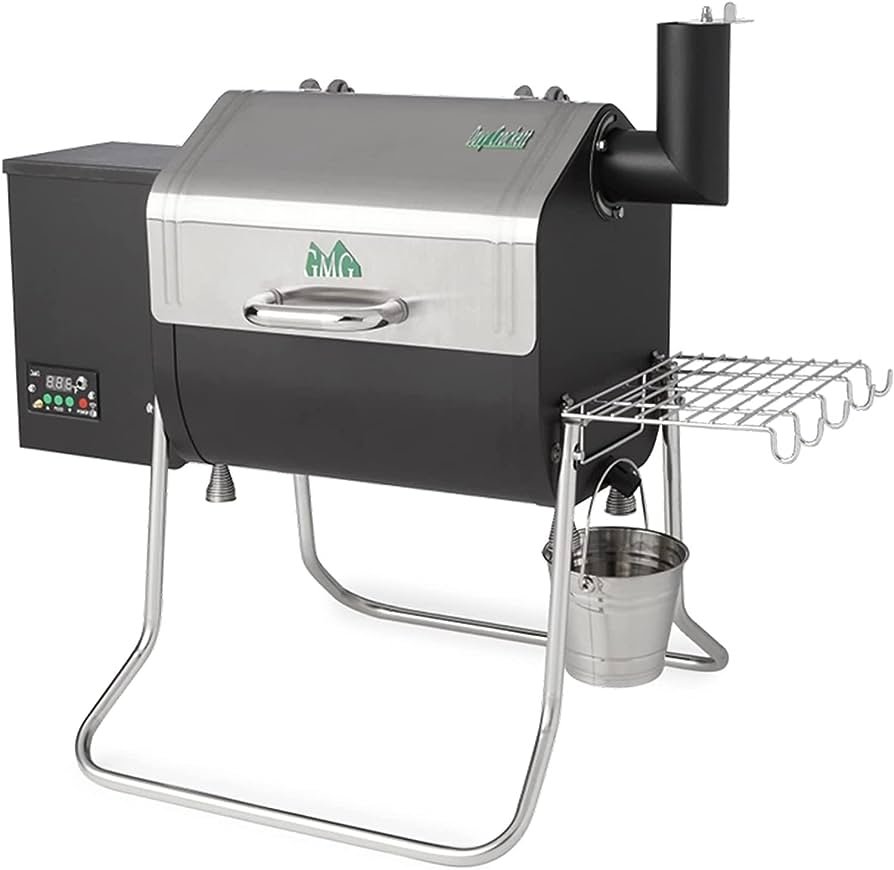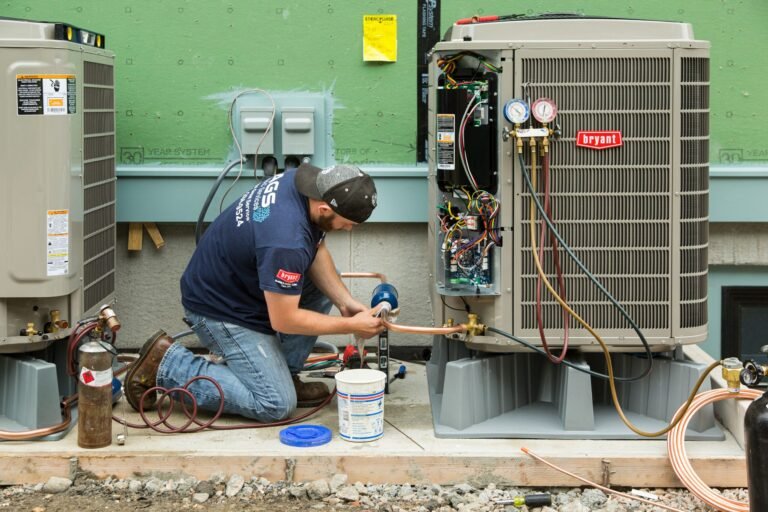Where is My AC Temperature Sensor? Discover the Hidden Location!
Your AC temperature sensor is typically located near the evaporator coils or inside the thermostat housing. It helps regulate the temperature for optimal cooling efficiency.
Is your AC not performing as expected? One possible culprit could be the AC temperature sensor. This important component is responsible for measuring the temperature near the evaporator coils or inside the thermostat housing. By doing so, it ensures the air conditioning system functions at its best, providing optimal cooling efficiency.
If you suspect an issue with your AC, it’s worth checking the location of the temperature sensor. We will explore where the AC temperature sensor is typically found and its role in maintaining comfortable indoor temperatures.
The Role Of The Ac Temperature Sensor In Cooling Systems
The AC temperature sensor plays a crucial role in ensuring optimal cooling performance in air conditioning systems. This sensor is responsible for detecting the temperature of the air coming into the evaporator coil. By accurately measuring the temperature, the sensor helps regulate the operation of the AC system, ensuring that the desired cooling effect is achieved.
Understanding the importance of the AC temperature sensor is essential, as it directly impacts the cooling process. When the sensor detects that the incoming air temperature is higher than the desired temperature set by the user, it communicates with the AC system’s control unit. This prompts the system to activate the compressor and initiate the cooling cycle. On the other hand, when the sensor registers that the air temperature has reached the desired level, it signals the system to reduce or shut off the cooling process.
By constantly monitoring and adjusting the cooling operation based on the temperature readings, the AC temperature sensor helps maintain a comfortable indoor environment while optimizing energy efficiency. It ensures the system operates at the required capacity, preventing unnecessary energy consumption and potential equipment damage.
Locating The Ac Temperature Sensor: A Guide To Find It
Locating the AC Temperature Sensor: A Guide to Find It
The common placement of the AC temperature sensor varies across different AC models. To find the sensor in your specific AC unit, you can rely on a few useful tips and tricks.
– Start by checking the most common locations for AC temperature sensors, such as near the evaporator coil or inside the air ducts.
– Look for any visible wires or connectors that lead to the sensor, as they can often provide clues to its whereabouts.
– Some AC units may have the sensor tucked away in unexpected locations, such as behind the dashboard, inside the control panel, or within the compressor unit.
– Consult the user manual or manufacturer’s website for your AC unit to get specific instructions on locating the temperature sensor.
By following these guidelines, you can successfully uncover the AC temperature sensor and ensure efficient cooling in your air conditioning system.
Diagnosing Issues With The Ac Temperature Sensor
One of the important components of your car’s air conditioning (AC) system is the AC temperature sensor. This sensor is responsible for monitoring the temperature inside the vehicle and sending signals to the AC system to adjust the cooling accordingly. However, like any other electronic device, the AC temperature sensor can malfunction, causing problems with the AC system. Here are some common symptoms of a malfunctioning AC temperature sensor:
- Inconsistent cooling: If your AC blows hot air even when the temperature control is set to cold, it could indicate a faulty temperature sensor.
- Erratic temperature changes: If the temperature inside your car fluctuates unexpectedly, it may be due to a malfunctioning temperature sensor.
- Unresponsive AC system: If you are unable to control the AC system or adjust the temperature, it could be a sign of a faulty AC temperature sensor.
To troubleshoot sensor-related problems, follow these steps:
- Check for error codes: Use a diagnostic tool to scan for any error codes related to the AC temperature sensor.
- Inspect the wiring: Look for any loose or damaged wiring connections to the temperature sensor.
- Clean or replace the sensor: Remove the temperature sensor and clean it to remove any dirt or debris. If cleaning does not resolve the issue, consider replacing the sensor.
- Consult a professional: If you are unable to identify or fix the problem, it is recommended to seek assistance from a qualified automotive technician.
Maintaining And Replacing The Ac Temperature Sensor
Proper maintenance and occasional replacement of the AC temperature sensor are essential for optimal performance of your air conditioning system. Cleaning the sensor regularly is important to ensure accurate temperature readings and prevent any malfunctions.
When it comes to cleaning the AC temperature sensor, start by disconnecting the power supply to avoid any accidents. Gently remove the sensor from its position and clean it using a soft cloth or cotton swab dipped in rubbing alcohol. Be sure to remove any dust, debris, or buildup that may have accumulated on the sensor.
Knowing when to replace the AC temperature sensor is also crucial. If you notice that your AC is not cooling efficiently, or the temperature readings are inaccurate, it may be time to replace the sensor. While some homeowners may prefer a DIY approach, seeking professional assistance for sensor replacement is generally recommended to ensure proper installation.
By maintaining and replacing the AC temperature sensor as needed, you can keep your air conditioning system running smoothly and ensure a comfortable indoor environment.

Credit: www.youtube.com
Frequently Asked Questions On Where Is My Ac Temperature Sensor
How Does The Ac Temperature Sensor Work In My Air Conditioner?
The AC temperature sensor in your air conditioner works by sensing the ambient temperature of the room and sending signals to the control unit. This allows the unit to adjust the cooling or heating to maintain the desired temperature set by the user.
The sensor ensures optimal comfort and energy efficiency.
Where Is The Ac Temperature Sensor Typically Located?
The AC temperature sensor is usually located near the front of the indoor unit, behind the air intake grill. It needs to be in a position where it can sense the temperature of the room accurately. It should not be obstructed by any objects or placed near sources of heat or cold drafts that can affect its readings.
What Are The Signs That My Ac Temperature Sensor May Be Malfunctioning?
If your air conditioner does not cool or heat the room properly, it may be due to a malfunctioning temperature sensor. Other signs include erratic temperature changes, frequent cycling on and off, or the unit not responding to temperature adjustments.
If you suspect an issue with the temperature sensor, it is best to consult a professional HVAC technician for diagnosis and repair.
Can I Replace The Ac Temperature Sensor Myself?
Replacing the AC temperature sensor requires knowledge of HVAC systems and proper tools. It is recommended to have a professional technician handle the replacement to ensure it is done correctly. They have the expertise to identify the correct replacement part and install it properly, minimizing the risk of further issues with your air conditioner.
Conclusion
To sum up, understanding the location of your AC temperature sensor is crucial for maintaining optimum performance of your air conditioning system. By knowing its position, you can ensure proper functioning and troubleshoot any sensor-related issues effectively. Whether it’s located in the evaporator, near the thermostat, or within the blower motor, identifying and servicing the sensor will contribute to a more comfortable and energy-efficient home.
So, take the time to locate your AC temperature sensor to ensure cool and refreshing indoor air all year round.







